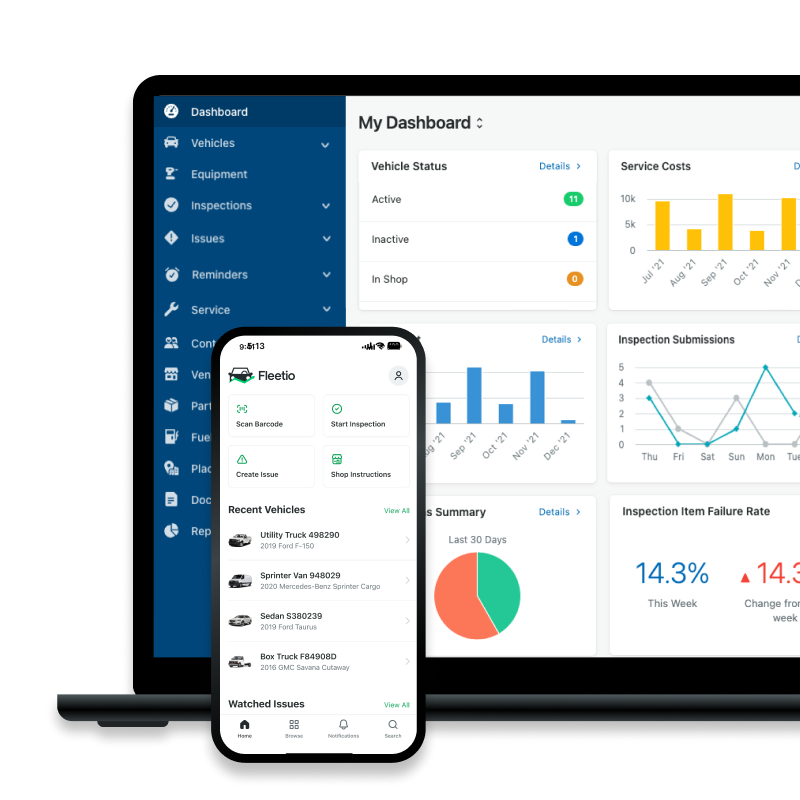When we talk about infrastructure, one of the first things that comes to mind is the road quality. Poorly maintained or deteriorating roadways can significantly affect transportation fleets. Potholes, uneven surfaces and worn-out road markings not only pose dangers to drivers and passengers, they also take a toll on vehicles, leading to increased maintenance costs, reduced fuel efficiency and more frequent breakdowns. In short, shoddy infrastructure can directly impact the bottom line for both public and private transportation fleets.
Congestions and Inadequate Infrastructure
Traffic congestion is a scourge that afflicts transportation fleets in urban areas worldwide. It leads to longer travel times, increased fuel consumption and greater wear and tear on vehicles. The impact isn’t just financial; it also results in decreased punctuality, frustrating passengers and making public transit less attractive. For private transportation services, such as ridesharing companies and delivery firms, congestion can translate into delayed deliveries, missed appointments and unhappy customers.
Beyond road quality and traffic congestion, inadequate infrastructure poses another set of challenges. Bus stops without shelters, insufficient charging or refueling stations for electric or natural gas-powered vehicles or lack of maintenance facilities can all hamper a fleet's operations. Electric buses, for example, can’t operate efficiently without well-placed charging stations, and the absence of bus shelters can deter potential riders, especially during extreme weather conditions.
Track your route to efficiency
Integrating your telematics provider into Fleetio allows for a comprehensive, holistic view of your fleet, including highlighting the path that ought to be less taken.
See telematics partnersSolutions for Wrecked Roads
While transportation fleets grapple with these infrastructure issues, they aren’t sitting idly by. Many fleets have already started using fleet solutions, such as telematics and fleet management software (FMS) to work around these roadblocks. Let’s look at a few ways to navigate infrastructure challenges:
1. Data-driven Route Optimization
More and more, fleets are using advanced data analytics in FMS and other solutions to optimize route planning. By considering real-time traffic conditions and road safety data, fleets can steer their vehicles clear of pothole-ridden streets and congested areas, reducing maintenance costs and improving timeliness. Solutions that include a driver management system can even help surface and escalate routing and maintenance issues in real time, as drivers can quickly and easily communicate with management through the solution’s mobile app.
2. Collaboration with Municipalities
Some transportation companies are actively collaborating with local governments to address infrastructure issues. By working together, they can improve road quality, expand charging and refueling networks and construct more passenger-friendly facilities. In return, municipalities benefit from reduced traffic congestion and a boost to their public transportation services.
3. Engaging with the Public
Many cities are engaging their communities in discussing transportation challenges, allowing residents to voice their concerns and ideas. Public input can influence decisions on infrastructure improvements and foster a sense of collective responsibility. Public and private transportation companies alike can engage with the public to help advocate with their local representatives for infrastructure improvements.
Advocating for Infrastructure Improvements
Speaking of advocacy, working around infrastructure issues is a necessary short-term solution, but advocating for improvements really is equally important. While immense focus — in both conversation and money — has in recent years been on figuring out the infrastructure for electric vehicles, there are still many rural communities that can’t get emergency services in under 30 minutes due to both poor road conditions and a lack of access roads. This is why advocacy is so important on a community by community basis. Here are some considerations transportation fleets can make to push for better infrastructure:
1. Data Sharing
Fleet drivers and operators can share data about road conditions, congestion hotspots and the usage of charging or refueling stations with their local governments. This information is invaluable for prioritizing infrastructure investments. Fleets using FMS can quickly generate specific reports to show how poor infrastructure is affecting their fleet monetarily and the community they serve.
2. Public Awareness Campaigns
Fleets can engage the public in campaigns that highlight the impact of infrastructure on their daily lives. These campaigns can increase support for infrastructure projects.
3. Lobbying and Advocacy
Transportation companies, especially large corporations, can use their influence to lobby for improved infrastructure at state and national levels. They can also partner with industry associations to strengthen their advocacy efforts.
The efficiency and safety of transportation fleets are intrinsically tied to the state of a region’s infrastructure. Poor road conditions, traffic congestion and inadequate facilities present significant challenges, but FMS and other fleet solutions are helping fleets adapt. Working around infrastructure issues should go hand in hand with advocating for improvements, though.
Collaboration between fleet operators, municipalities and the public is important to create a transportation system that's efficient, safe and accessible for all. With such combined efforts, the road ahead for transportation fleets can be smoother and more prosperous.
Navigate to smoother roads
Find out how Fleetio can help streamline operations and speed up troubleshooting; schedule a personalized walkthrough today!
Schedule custom demo


